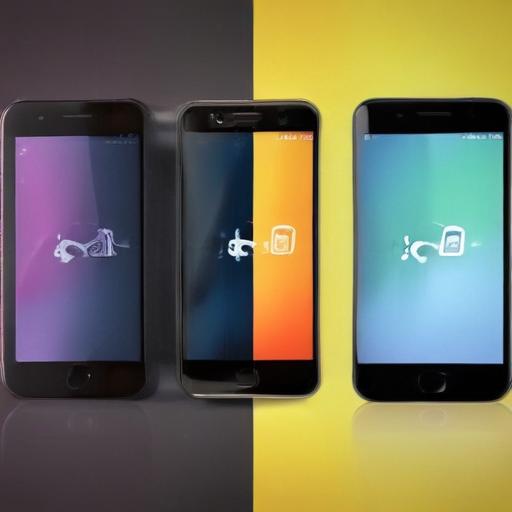Android recently released the Android 16 QPR 1 Beta 1, marking the start of the September Pixel Feature Drop. As someone who regularly tests beta versions of software, the installation process for this beta on my Pixel 6 Pro was smooth, even though the device itself has been out of active use. Google’s decision to extend support to include Android 16 and 17 has been beneficial for users looking to keep their devices updated with the latest features.
In contrast, Apple users are gearing up for the upcoming iOS 19 beta, expected to drop soon after the June 9th WWDC 2025 keynote, where announcements surrounding new iOS features will be made. However, those using the recent stable iOS 18.5 version have encountered several issues. Reports indicate that a bug is causing intermittent touch response failures on devices like the iPhone 15 Pro Max, with users struggling to navigate due to unresponsive areas of their screens. Battery performance seems to be mixed; whereas some users report no significant changes, others are experiencing overheating issues and inconsistent battery life post-update.
The occurrence of conflicting feedback is not uncommon in software updates. While a section of users experience improvements, others face frustrating glitches that could potentially undermine confidence in the updates. As both platforms continue to evolve, it’s important for users to weigh their options carefully before installing beta versions or updates, considering the potential drawbacks.
Overall, while the introduction of new features is exciting, both Google and Apple have to work through these growing pains to ensure a seamless experience for their users. The ongoing dialogue within the tech community will certainly help refine these processes as both Android and iOS strive to enhance user satisfaction.
